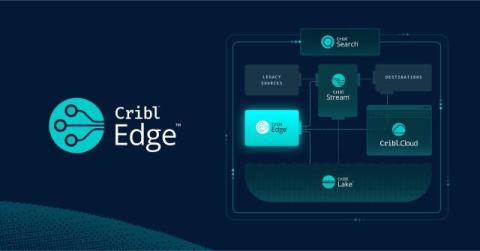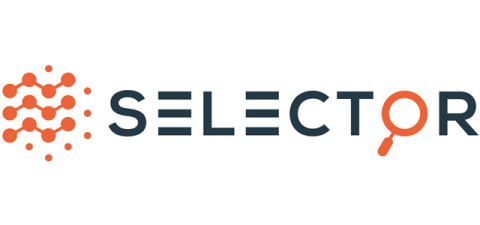Using Java and OpenTelemetry Together
Ensuring your applications are reliable and performant is more critical now than ever. This need has driven the rise of observability practices, where developers and operations teams closely monitor their applications’ health, performance, and behavior. This is where OpenTelemetry (OTel) comes into play.











